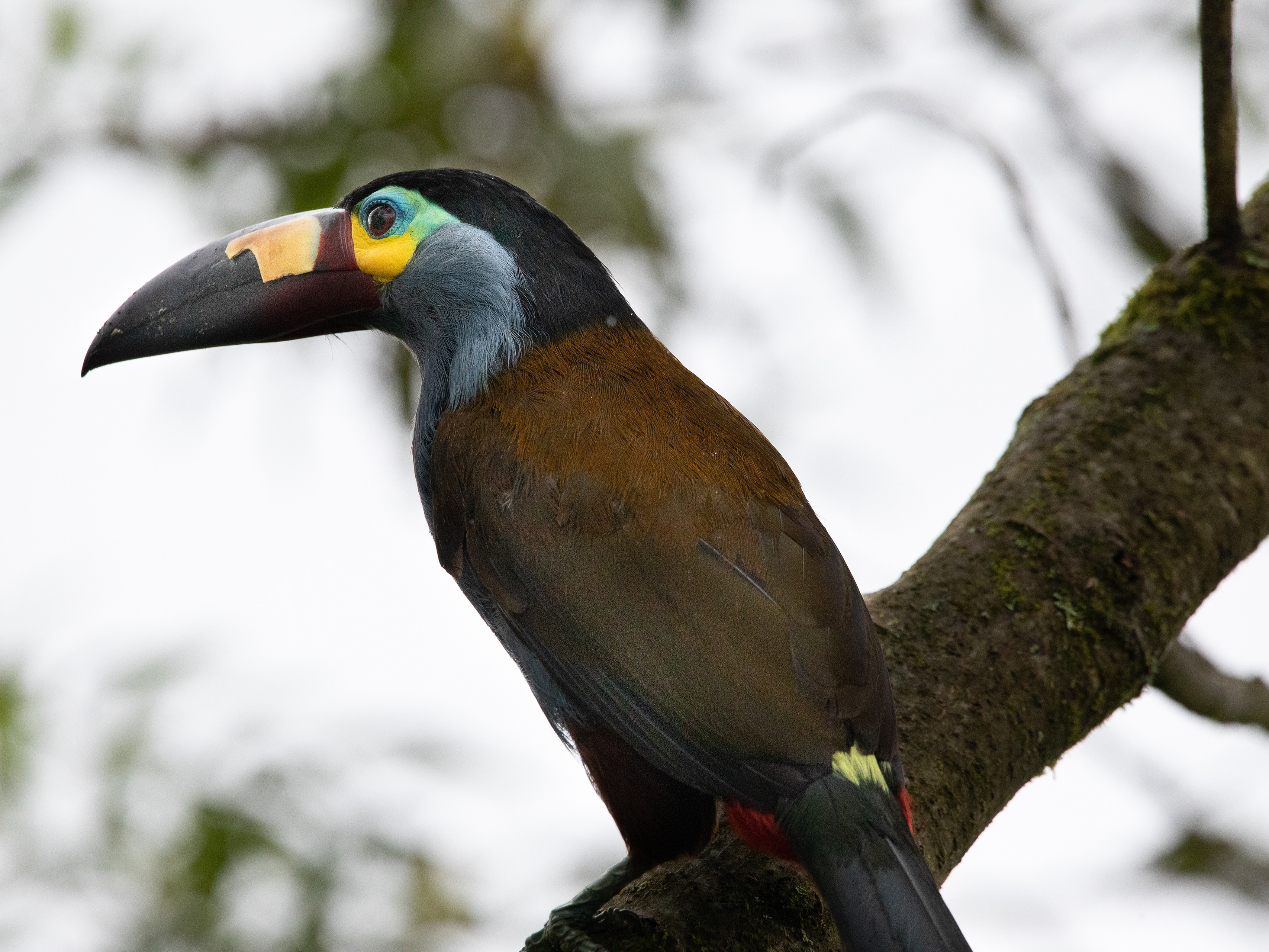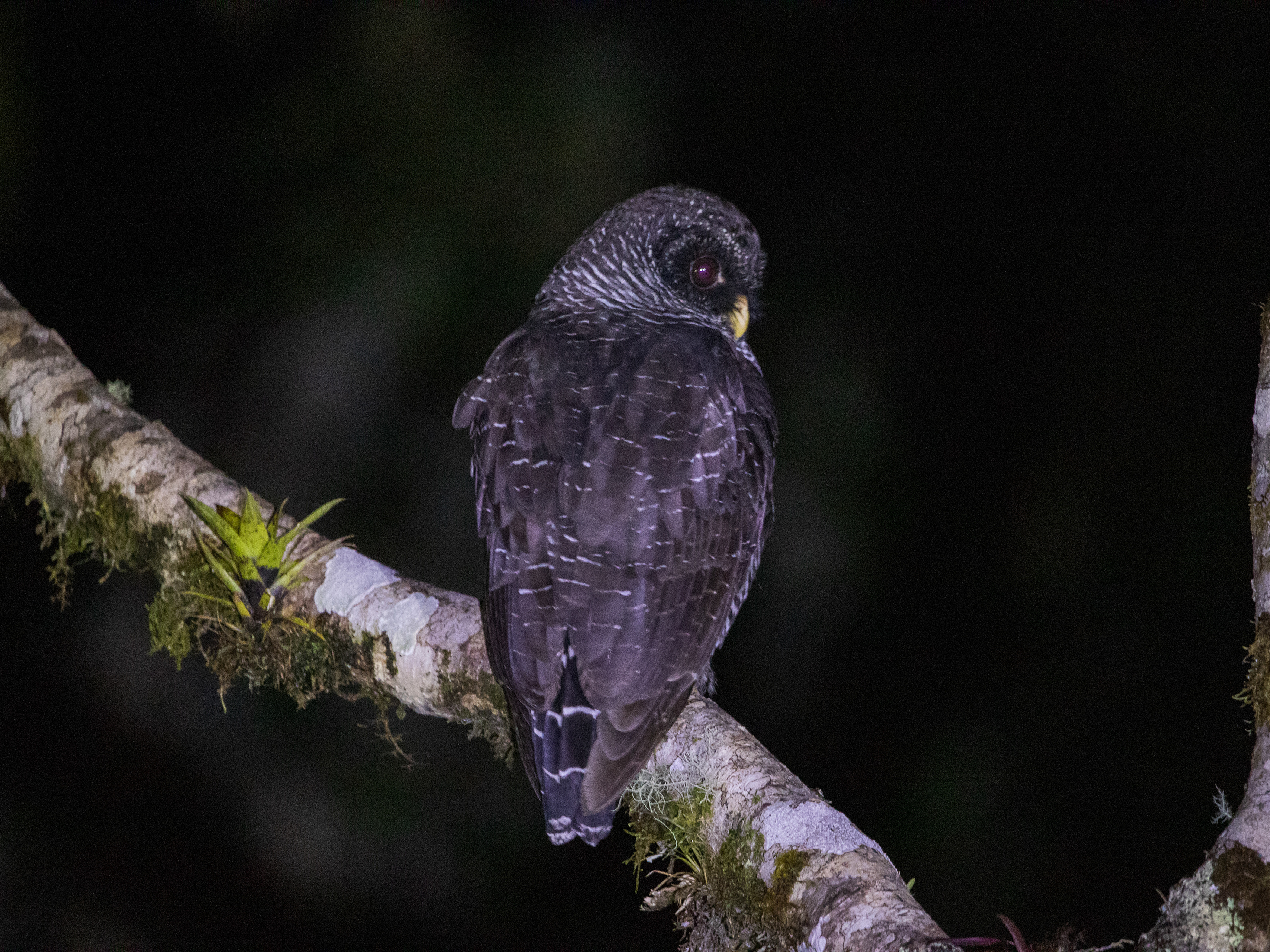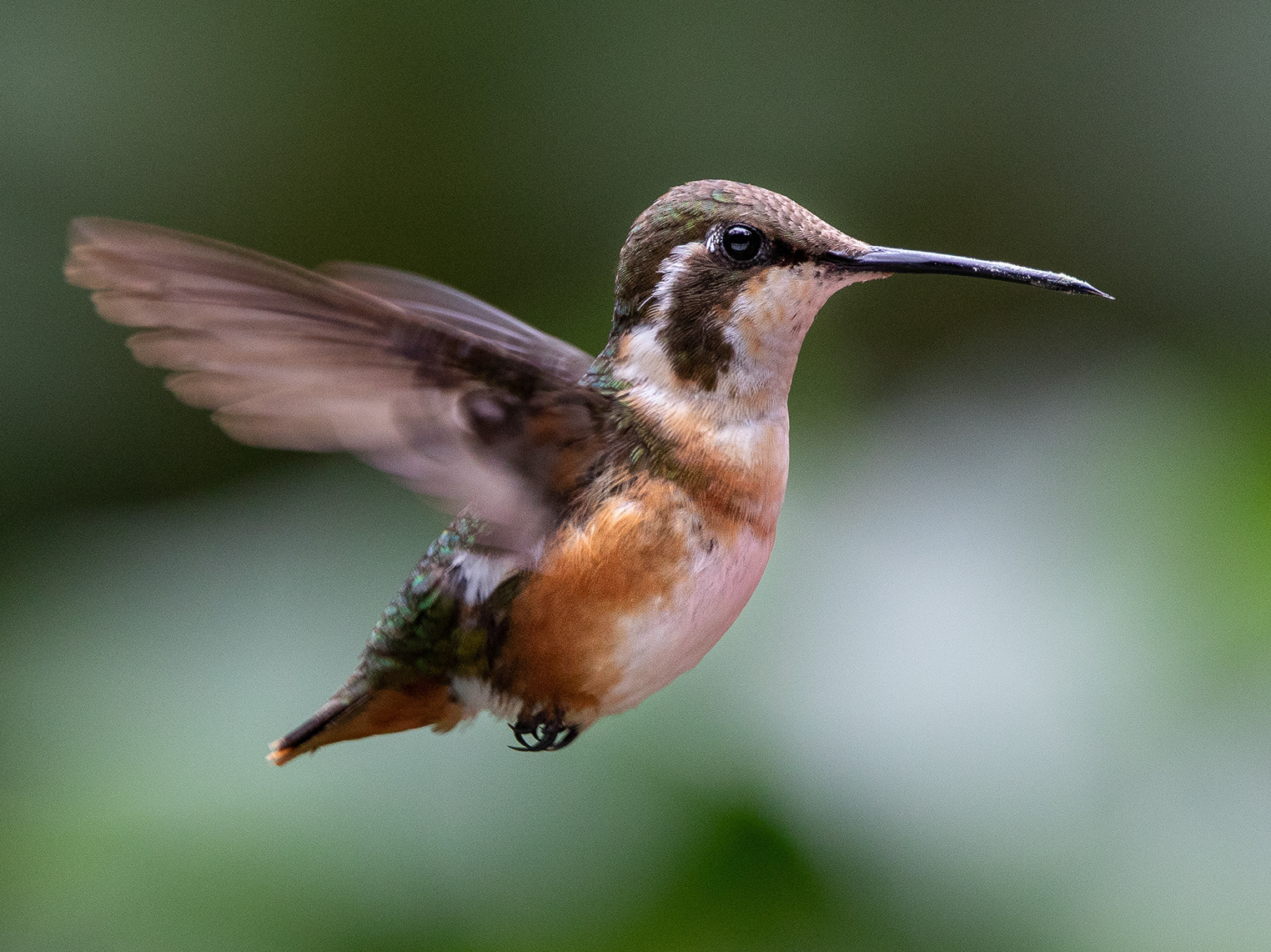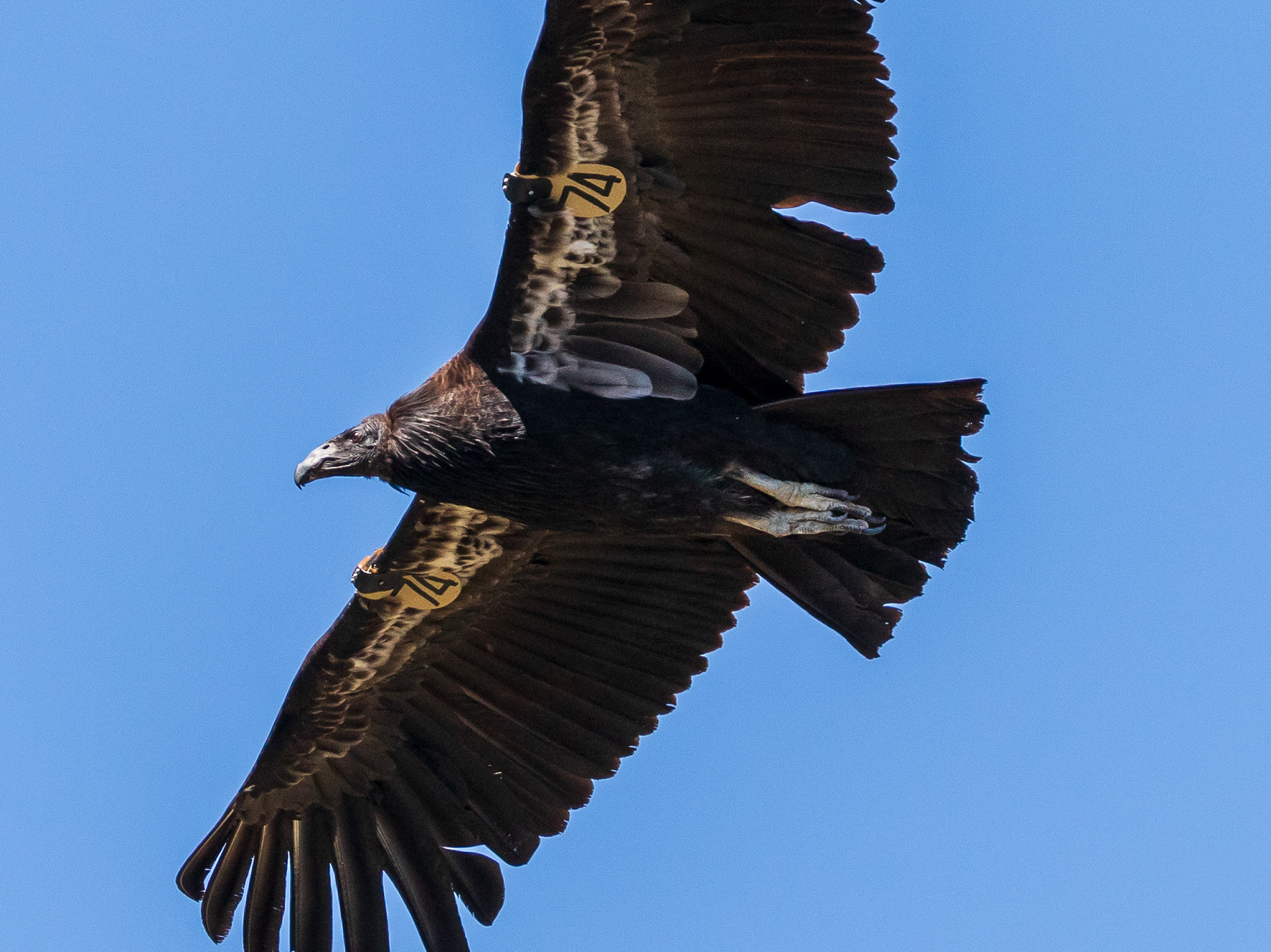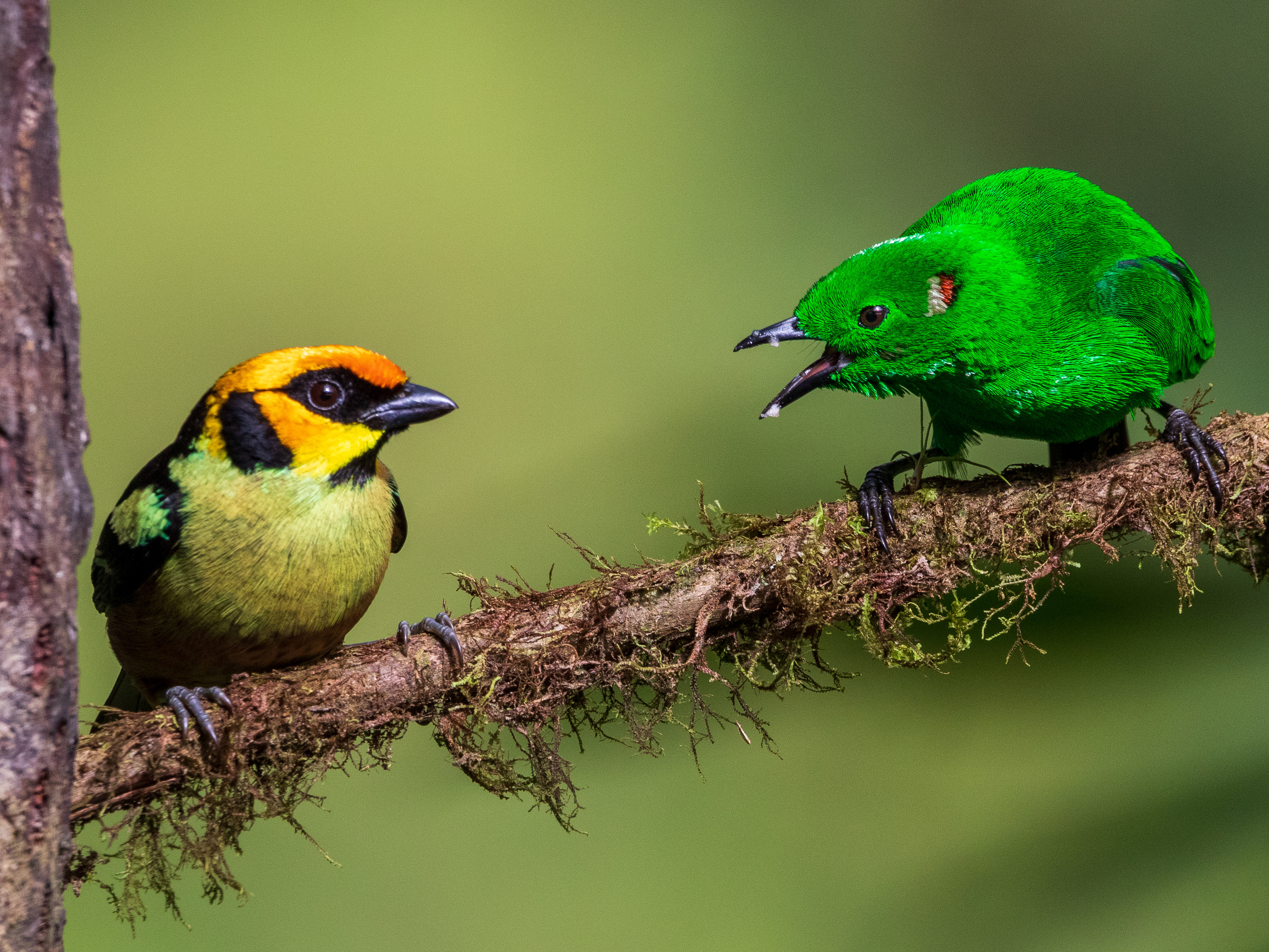Probably a second year Bald Eagle going into its third year, notice how the white features are beginning to appear on its head.
A year round resident, Black Capped Chickadee.
A regular winter visitor, but not in large numbers, the Redhead duck is one of the most vibrant winter waterfowl you'll see.
Bald Eagles are present year round at Croton Point but most visible during the winter when northern migrants join local birds perching out in the open getting as much of the winter sun as they can.
Second year Bald Eagle
Winter light plays perfectly on this male Bufflehead's plumage.
On cold winters, especially if snow cover mounts up in northern parts we are lucky enough to have Rough-legged Hawks come and hunt the grassland parts of the Park.
Red-tailed Hawks are year round residents, with birds wintering, nesting and migrating giving great opportunities to learn how this species acts during all phases of its life cycle.
A year round resident, the Northern Cardinal is perhaps most striking in winter when its plumage stands out in the warmth of winter sun light.
Tree Sparrows are regular winter visitors to the Park
Screech Owls are year round residents but most easily seen in late winter, early spring when leaves are still off the trees and their roost sites are visible.
By March and April fledgling Great Horned Owls are emerging from their nests; showing off talons that can exert anywhere between 200 to 500 pounds per square inch of pressure on an unsuspecting rodent or other prey.
Under the watchful eyes of the adult Great Horned Owls the young begin to fly, short distances at first and then further and further from their nests. It is at this time it is most tempting for photographers and bird watchers to venture closer than they should to get that one great image. It is vitally important to provide these young predators enough space to learn to fly, 70% of these birds will die in their first year from broken wings, starvation and other natural problems they encounter while learning how to fly and hunt. We humans do not need to add to this natural mortality rate, enjoy these birds from a safe distance of several hundred yards and follow the rules outlined by Park signage.
Bufflehead begin to appear in October and November, their arrival announces winter is on its way. This female is performing a common movement Buffleheads do.
By March Red-tailed Hawks have established their territories and are already sitting on eggs
The adults share responsibility for incubating the eggs and hunting but the female spends the majority of the time on the eggs with the males doing more hunting.
